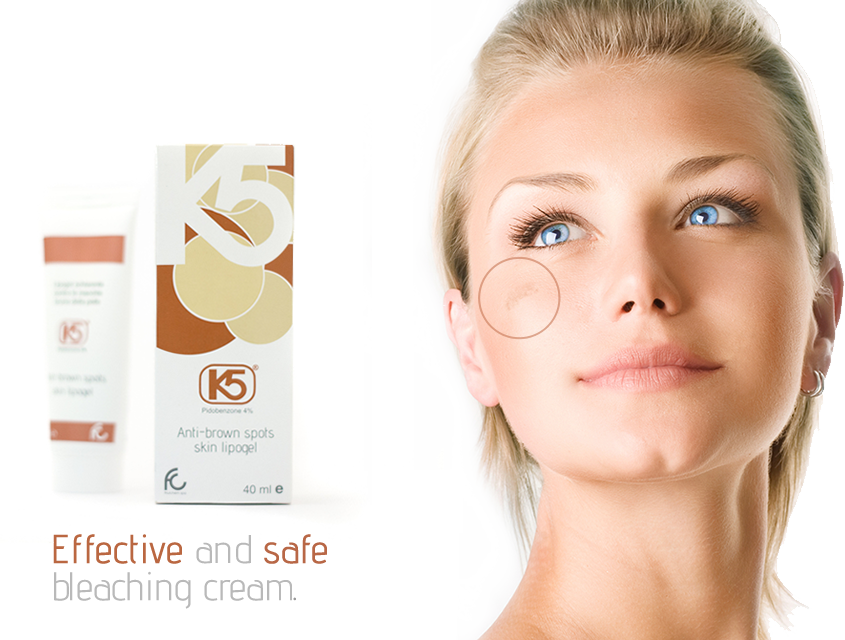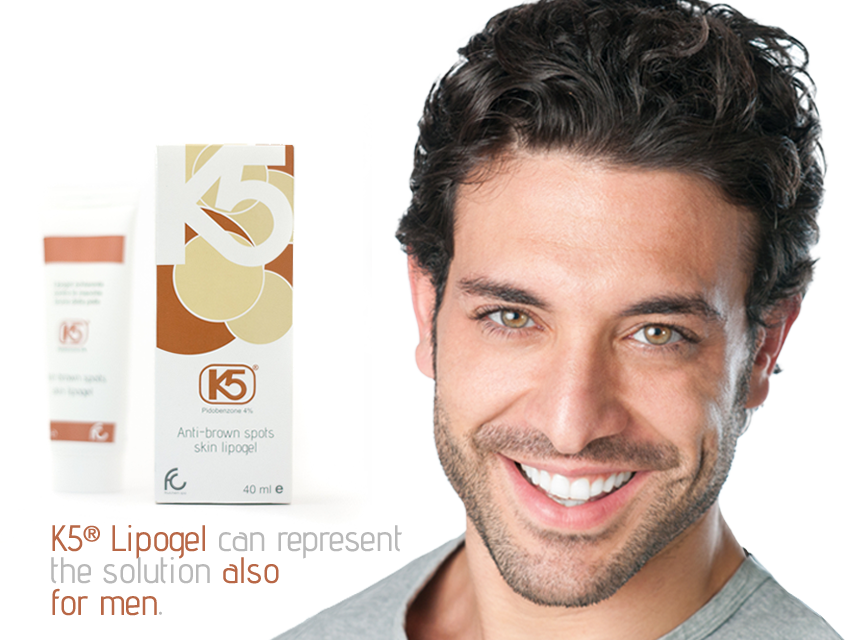Skin photoaging manifests itself on the skin, due to excessive and prolonged exposure to sunlight and UV radiation. This condition leads to inflammation, oxidative stress, disruption of the cellular matrix, and promotes a greater predisposition to the development of skin cancers. Therefore, it damages the skin at various levels. For example, the continuous exposure to sunlight prevents proper regeneration of collagen and leads to weaker elastin. As a consequence, the skin repairs itself more slowly. It should be borne in mind that the total proteins of the skin are composed by more than 90% of collagen that is in a state of disorganization, and then this situation may cause many problems.
A photoaged skin comes with an increased thickness as well as increased epidermal atrophy. Another manifestation of the damage caused by this type of exposure, is solar elastosis, which results in an accumulation of material containing elastin under the dermal-epidermal junction. A histological examination shows this change in the skin very clearly.
Photoaging can be prevented trying to maintain a healthy lifestyle that includes greater attention to sun exposure, also depending on the age, sex, and climatic factors, combined with a proper diet. Each skin has different characteristics; therefore, the effects of photoaging may vary depending on the skin type.
These simple precautions can limit the damage resulting from inappropriate exposure to sunlight. This is also important to protect the skin from possible spots, such as those related to melasma, not to mention more serious diseases.


